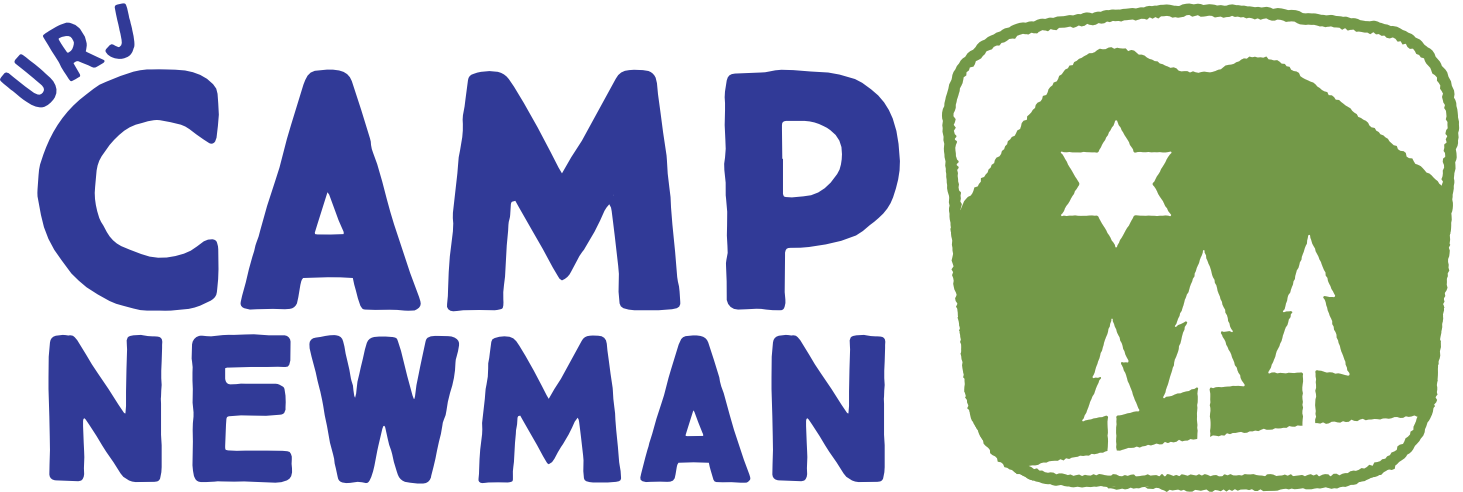By Ruben Arquilevich, Executive Director, URJ Camp Newman, California Youth & Camping
I was 13 years old, standing with my arms draped around my campmates. We had just completed a two-week Jewish backpacking trip, and were doing siyum, when our counselor, Rick, reached down and picked up a rock. Passing it to his left, he asked whomever held it to share a reflection from our transformative weeks together. At the close of the night, Rick tossed the rock to the ground. But I picked up that rock and kept it for over 40 years – telling and retelling its story about camp’s impact ever since. Sadly, my rock was lost in the October 9th fire that damaged Camp Newman’s Santa Rosa home.
 Then a few weeks ago, following a rain storm, I was walking around camp when I came upon a hamsa that had literally risen from the ashes. In Jewish, Christian and Muslim faiths, the hamsa is traditionally seen as a sign of blessings and strength, as well as a protective charm against the “evil eye” or bad things. And yet, this hamsa didn’t protect camp from the fires.
Then a few weeks ago, following a rain storm, I was walking around camp when I came upon a hamsa that had literally risen from the ashes. In Jewish, Christian and Muslim faiths, the hamsa is traditionally seen as a sign of blessings and strength, as well as a protective charm against the “evil eye” or bad things. And yet, this hamsa didn’t protect camp from the fires.
While we as parents, leaders, community builders, and educators strive to protect our children and our communities from bad things, we know that the inevitable and sometimes the unimaginable happens.
So how do we provide the protection, strength, and blessings symbolized by the hamsa?
We do so by modeling what the global camp and faith community did after hearing of the fires –by embracing one another. Like the hamsa’s protective hands, our community enfolded us with love, support, and a shoulder to cry on.
This is one of Judaism’s greatest gifts – to create community so others join us in our simchas (joys) and celebrations; and when our hearts are broken, we have shoulders, literal and virtual, to cry upon. It is no coincidence that the Jewish teaching of Eilu D’varim (a “top ten” list of mitzvot, or good deeds) is steeped in actions related to being in community with people during their greatest joys as well as their deepest sorrows.
Since October, thousands worldwide have reached out to us to share their sadness, empathy, loss, and generosity. It seems that there is a universal understanding of camp’s transformative powers. It’s as if the devastation of one camp was a hurt felt across all Jewish camps and faith communities worldwide.
 And this community, our community, has endured for generations. Like the hamsa that survived the fires, our Jewish tradition to protect and embrace one another has also endured. Just like the impact of camp endures, continuing to shape our lives and consciousness with Jewish values.
And this community, our community, has endured for generations. Like the hamsa that survived the fires, our Jewish tradition to protect and embrace one another has also endured. Just like the impact of camp endures, continuing to shape our lives and consciousness with Jewish values.
Soon, thousands of children and adults across North America will receive the blessings of Camp. They will sway arm-in-arm, sharing their tearful sentiments along with all the joys of Judaism with their camp friends. And they will receive the gift of community and protection, not against the bad things that will happen, but to know that when they do, their camp friends will be by their side. I often say to our communities, “look around at each other’s faces and savor that for the rest of your life, many of these faces will be with you for your weddings and baby naming’s; as well as for when you sit shiva and mourn. Your camp community will be there to embrace you.”
While I may have lost my cherished rock, I have found a new talisman, a symbol of survival and impact in this hamsa, and will now carry it with me everywhere, and share its story.
